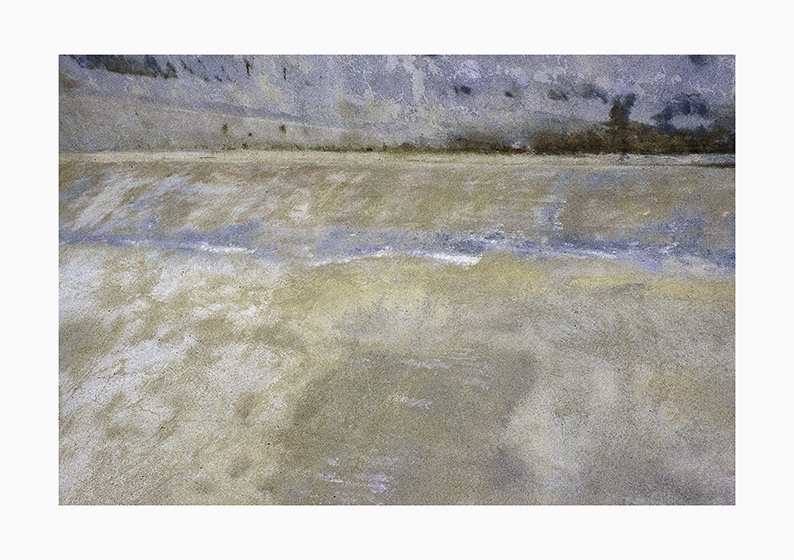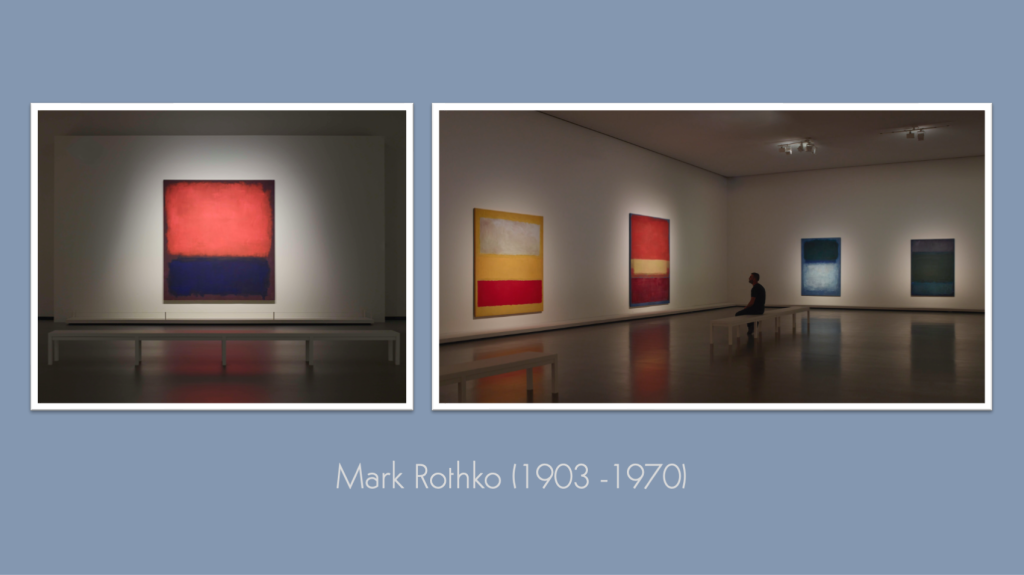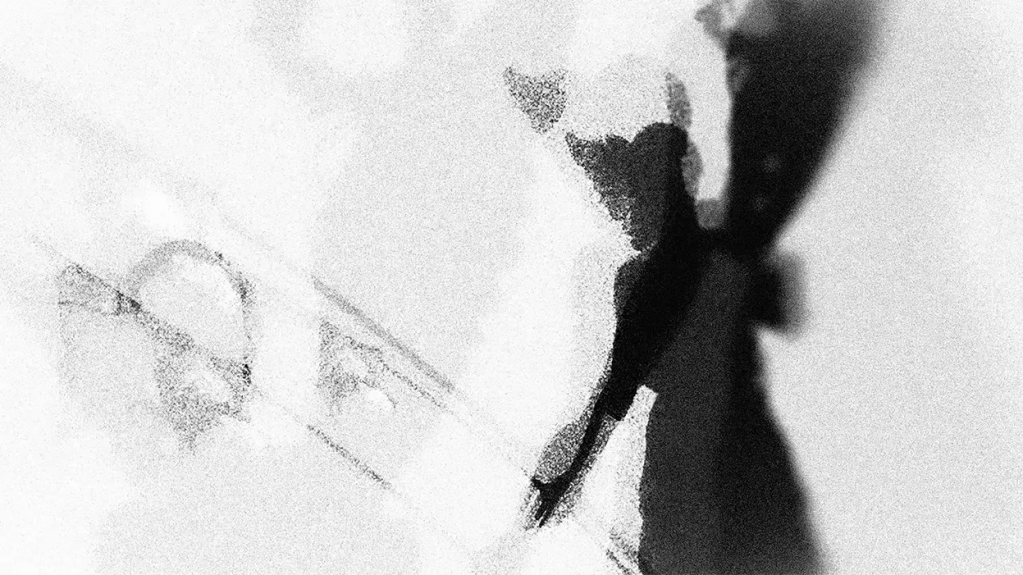
Street of Crocodiles is one of my favourite things. Here’s why.
Back when I had a pudding basin haircut and jumble sale clothes, I pestered my parents for a Purple People Eater.
The Purple People Eater was a toy in which the aim of the game was to rescue a clutch of small plastic people from underneath the titular monster, which was a rubbery blob with a valance of tentacles sitting over a battery-operated mechanism. In what essentially was a pimped-up version of the old wire loop game, you had to feed the little plastic people back out of the mouth of the Purple People Eater while avoiding whatever bit of the mechanism that would otherwise cause the rubbery blob to startle very suddenly into growling, flashing life.
I wanted a Purple People Eater more than anything and I was beyond thrilled when I got one – and then I played with it. I tried to enjoy myself. I wanted to enjoy myself, but the truth I dared not name was simple; my Purple People Eater scared the living shit out of me, and not because of the way it looked, for I was the sort of boy who happily spent his pocket money on giant rubber centipedes. What frightened me was the prospect of my Purple People Eater coming so shockingly to life, the horrid jolt of it, this jump-scare in-waiting. The Purple People Eater scared me, not because it was horribly alive, but because it was always about to be.




A child hopes and dreams their toys are alive. This same child fears it’s true.
This contradiction lives on in my fascination for the Brother’s Quay 1986 stop motion animation, Street of Crocodiles, an adaptation of a short story by Bruno Schulz peopled by broken dolls, forlorn clockwork toys, and mannequins.
Freud’s theory of the uncanny is used to explain the special queasiness we save for humanoid effigies, for the puppets, the dolls, the mannequins and the waxworks, and as explanations go, it feels right. The cultural unease we reserve for this category of objects is special because it is an unease we’ve known before. It is not surprise we experience when, as sensible, right-thinking grown-ups, we’re compelled to glance twice at the ventriloquist’s dummy, but familiarity. As children, we knew very well to regard our person-shaped playthings with a degree of ambivalence. We knew an act as simple as turning off our bedside light could reveal the Janus-faces of our poppets, our moppets and our beloved unblinking homunculi. When we experience the uncanny as adults, we are returned to that precautionary knowledge and we don’t like it much; few adults care to confront gladly the frailty of their hard-won rationalism.

The trope of the scary toy has been bludgeoned into harmless hokiness by all the many horror films that seek to press this ready-made button. I am immune to the likes of Chucky and to Annabelle. I watched the 2012 adaptation of The Women In Black in a mild state of annoyance, feeling cheated out of a more complex experience by the gratuitous shots of sinister toys. When I want my button pressed, I return to Street of Crocodiles, and not to the animation’s many sightless dolls or mannequins, but to the monkey toy with its skitter of cymbals that looks out at us from within its grubbied vivarium of glass and which comes so suddenly to life. In these moments, I’m back in my room in the house of my childhood kneeling opposite my Purple People Eater, wishing it into life, wishing it dead and gone, agonised by indecision and suspense.

Street of Crocodiles feels like a monument to childhood trauma – mine, yours, the directors – like we’re looking through the keyhole into a counselling session in which the filmmakers have been asked to play with toys with which to enact, exorcise or inflame some private psychic injury. I feel positively voyeuristic when watching the Quay’s animation, like I’m peering at their most private things, at the oblique treasures of two disturbed hoarders. To view Street of Crocodiles is to open a secretive door into a secretive cabinet laid out with secretive objects, all of which are substantively mundane, but in the status awarded them by dint of their fastidious presentation, I know them to be magical, dangerous, and of obsessive importance. I’m quite comfortable admitting I do not know why we are shown so often the strange meeting of two skeletal arms, which appear to create some kind of shock or tremor when they touch. What to make of the ice-cubes that unmelt, or the precise importance of the pocket watch filled so unpleasantly with a sphincter of raw meat? Often times, I feel as nonplussed and blinkless as the puppet character himself. There is a visual language here fraught with significance I haven’t been invited to share. This is not a criticism. It feels just as meaningful and true to experience things that cannot be understood. My gaze is frustrated. I look and I look, and like a visitor to a foreign country, I see many meaningful things the meaning of which I cannot know.



Acts of looking characterise Street of Crocodiles. Our own journey through these streets is pinned to the investigations of an unnamed stop-motion puppet, whose design is the answer to the never-asked question that wonders what would happen if the venerable gentlemen of horror, Peter Cushing, was spliced with some cautious long-legged insect. Reluctance, shame and curiosity all combine in the behaviours of this character, who is often shown hesitating on the threshold of some darker door or deeper ingress. Dressed as he is in a tail-coat, it’s like watching a mini-me Dorian Gray creeping his way into the opium dens and fleshpots of some Stygian London backstreet.




When I lived in Dalston, I was enchanted by Abney Park Cemetery that was just up the road in Stoke Newington. One of the ‘magnificent seven’ of London’s great cemeteries, Abney Park is lent further romance on account of it having once been abandoned to nature. I walked there one morning to take a series of moody black and white photographs, drawn to capturing on 1600 film the fright-wigs of desiccated ivy sported by some headstones, and drawn too to having my button pressed by all those watchful marble angels who may, or may not, have been moving out of the corner of my eye. It was an ordinary week day, the sun shining, the liveliness of Stoke Newington Highstreet a short distance away, but in this truly remarkable place, the atmosphere won out, and I moved through a timeless sequestered world of green gothic shadow. I didn’t know it then, but the cemetery was a popular cruising spot, and as I departed from the cemetery’s more formal pathways in search of moodier vignettes, I became aware of the keen, watchful presence of other men waiting silently on the edges of the cemetery’s more secluded spaces.

I recall this episode because, in their tingling mix of curiosity and caution, the thirsty men of this once-forgotten cemetery and the Street of Crocodiles’ Wildean protagonist feel one and the same. In the animation, the character’s ingress into the street of crocodiles begins with him loosening a knot in a near invisible line of thread. Then, in ways we never truly understand, this thread activates unseen apparatus that clear the way for the puppet to enter into a scenario he is both fascinated by and nervous of. He wants to go further, but he worries. He wants to explore, but at what risk?
When I think about those bold-bashful men in the ruined London cemetery, I also see them reaching out to pluck with their fingers at some otherwise unseen connection, as mysterious to some and shadowy as the mechanisms at work in the street of crocodiles.



Schulz’s street of crocodiles shares with Abney Park its double-coding. It is both what it is and also what it isn’t. Schulz lavishes description on the interior of a tailoring shop and its tailor, and we soon learn that this establishment and staff offer services of a very different stripe, though inside leg measurements are common to both. Schulz elides the precise nature of these backroom activities, but we can guess. The Brothers Quay are a little more forthcoming, as the same sequence in the tailor shop moves from dancing pins and coloured scarves to unsettling tableaux of a sexual nature. We watch as the shop’s retinue of fussing, broken dolls approximate an erect penis with orbs of meat and pins. An abandoned glove and sprout of pubic hair stands in for a vagina. We must assume these carnal alter-pieces are emblems for every shade of debauchery, but far from seeming rude, erotic, or illicit, I always find them poignant. Watching the dolls interact with these naughty artefacts, with their little hands and hollow heads, is like hearing children using terrible swear words the transgressiveness of which they don’t really understand, or like watching children shave with daddy’s razor or wearing mummy’s pearls. It makes for a peculiarly sad and queasy spectacle.




Desquamation, deriving from the latin word desquamare, meaning ‘to scrape the scales off a fish’, is the word describing the shedding of our skin. None of us like to think too long or too hard about what comprises the dust collecting on the surfaces of our homes, but to watch Street of Crocodiles is to fairly relish in the stuff. In what might be called ‘the poetics of desquamation’, Street of Crocodiles makes a fetish out of dander. Every scene is flocked with particles of one sort or another, glass frosted with non-specific granules, screws pushing their way out like mushrooms through thick coverings of mulch… But what is Street Of Crocodiles if not a world of cast-offs? Toys, light-bulbs, screws, the worming of snapped rubber bands, all things once useful, once vital, now fallen like flakes from the usage that previously gave them purpose.



Street of Crocodiles always gets me thinking about the coils of my own hair collecting unnoticed in corners of my house, an errant toe-nail clipping, or light powdering of my former-skin, these bits of me made abject and disturbing only on account of their new separateness. Watching Street of Crocodiles encourages me to feel sorry for my detritus. It hardly seems fair or reasonable to evince so much distaste for what are harmless fragments of myself.
Ultimately it’s this that affects me most when watching Street of Crocodiles: not, in fact, the unheimlich spectacle of that amber-eyed monkey with its spasm of cymbals; not the cruisy explorations of the ever-watchful puppet who seeks out the tailor shop with all its pornographic secrets, not even the film’s extraordinary elevation of grime. No, it’s the powerful melancholy of the piece. I’m less disturbed by scenes of sightless dollies fashioning testicles from steak and more so by the other little doll in the animation who only has a light bulb for a friend. It’s this same friendless little doll that seeks to gain the attention of the animation’s main character with little flashes of a hand-held mirror, and who sits in the dust with only a scurry of screws for company. At one point we see a creature comprised seemingly of light bulbs, as caged behind glass as the amber-eyed monkey, who seems trapped in some bleak Sisyphean task. The tailoring dolls, at first so fastidious and busy, wind down suddenly, their cogs showing, their limbs windmilling uselessly, slowly, slowing.





At the end of the animation, the puppet protagonist escapes the street of crocodiles, leaving all these lonely, broken and abandoned things behind, and it always feels like someone sneaking away from the aftermath of febrile house party, where every room is now filled with broken ornaments, fly-blown food, and the sediment of behaviours unsuited to daylight.





Leave a comment